Assertion-Based Verification
This track introduces a set of steps for advancing an organization’s assertion-based-verification (ABV) skills, infrastructure, and metrics.
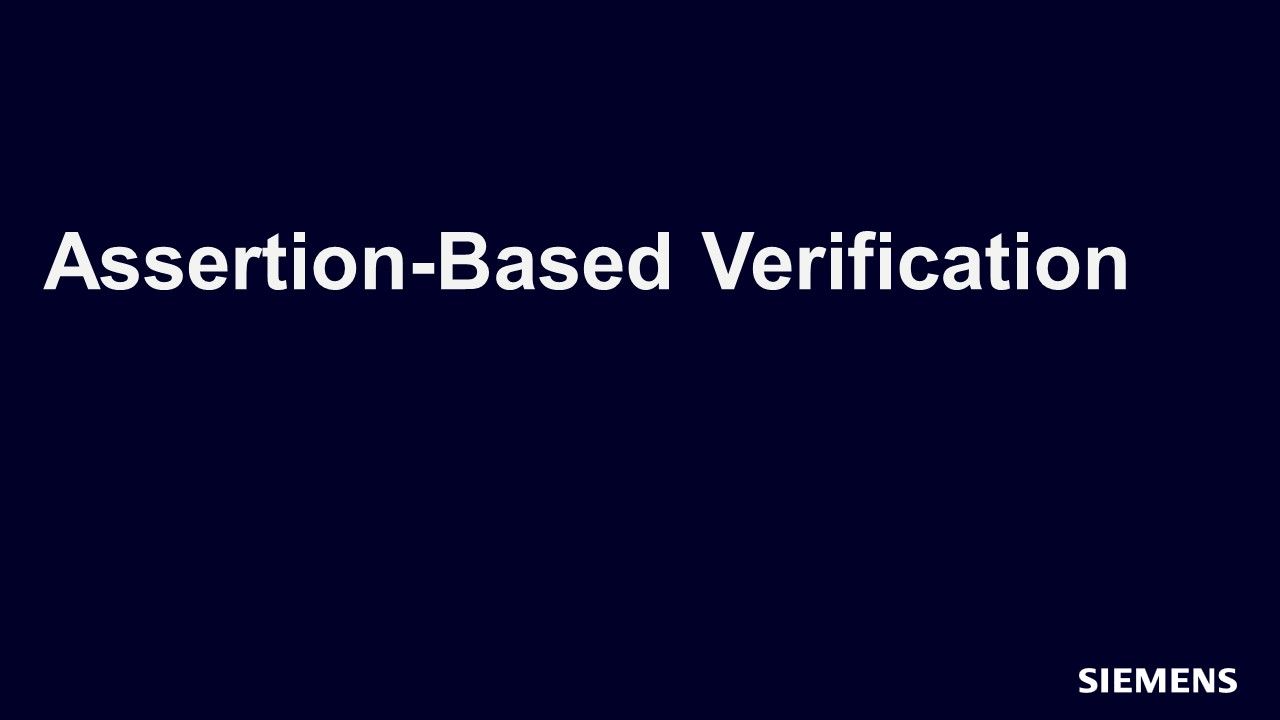
-
Sessions
-
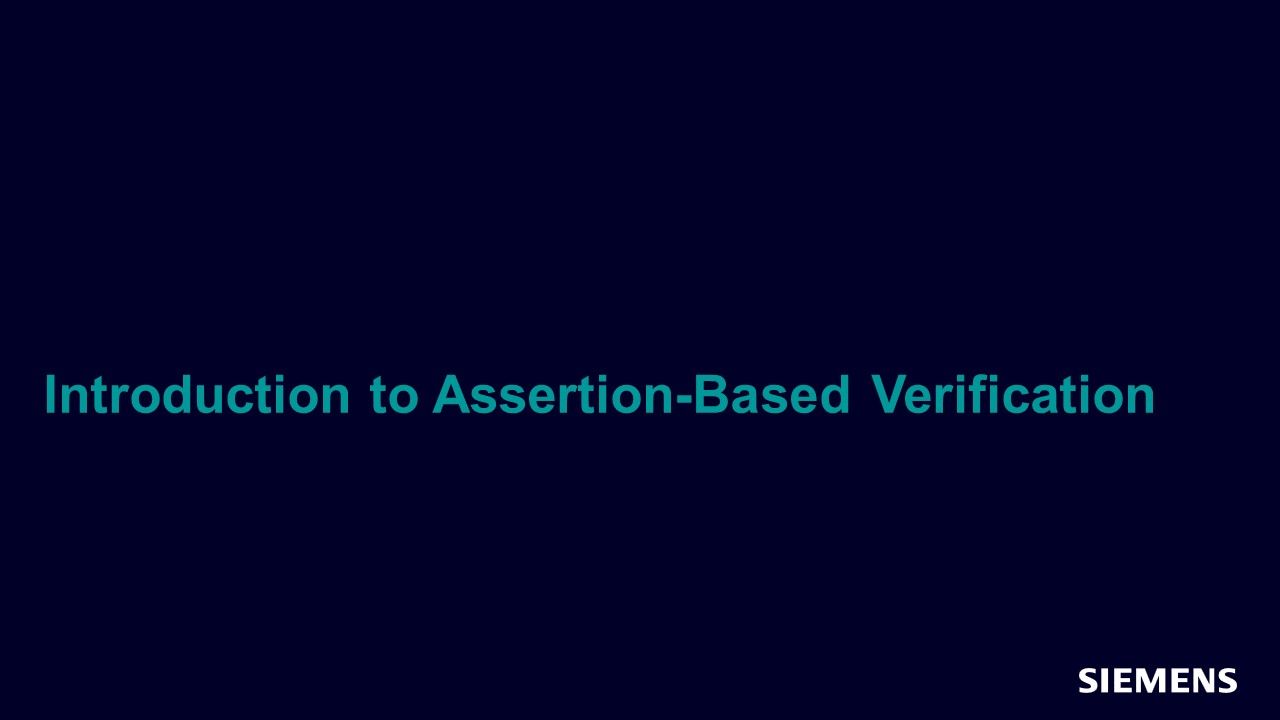
Introduction to Assertion-Based Verification
This session includes a survey of today’s productivity challenges and the role ABV plays in improving productivity. -

Maturing ABV Process Capabilities
This session will introduce a framework for advancing an organization’s verification process capabilities, with an emphasis on ABV processes. -
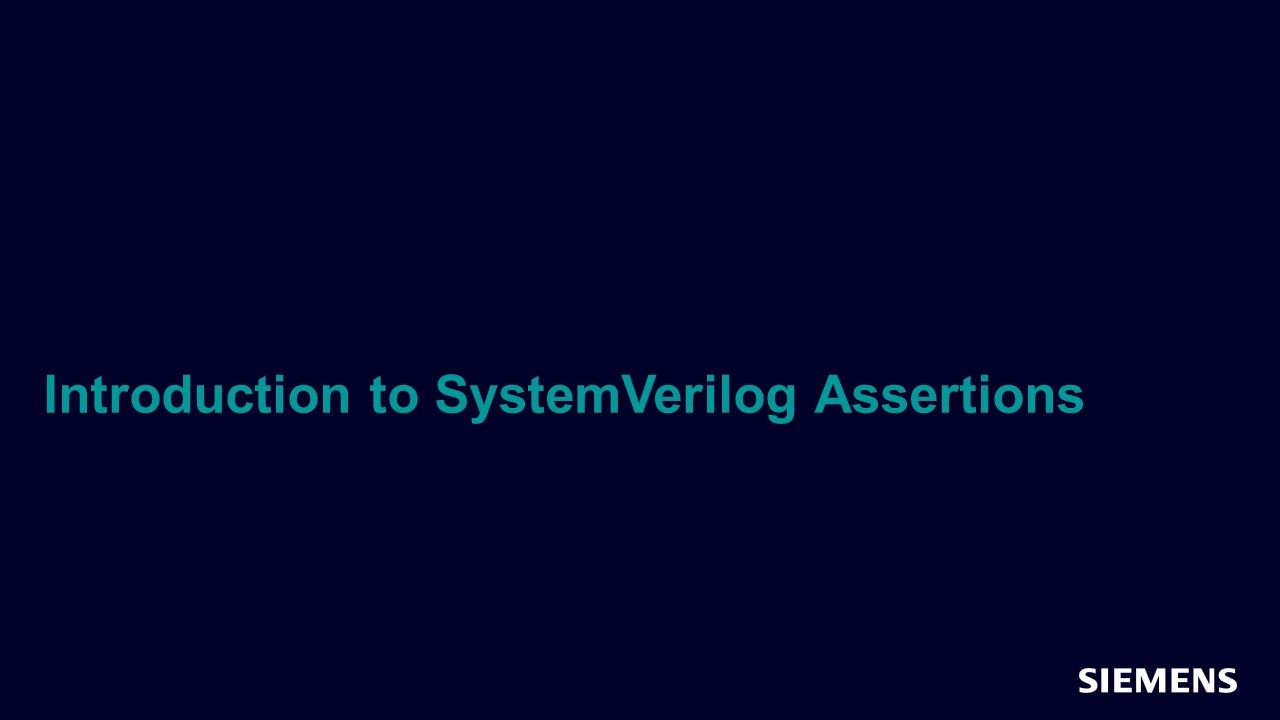
Introduction to SystemVerilog Assertions
This session that is targeted at the novice who has no exposure to assertion languages, or as an assertion refresher for the experienced engineer. -
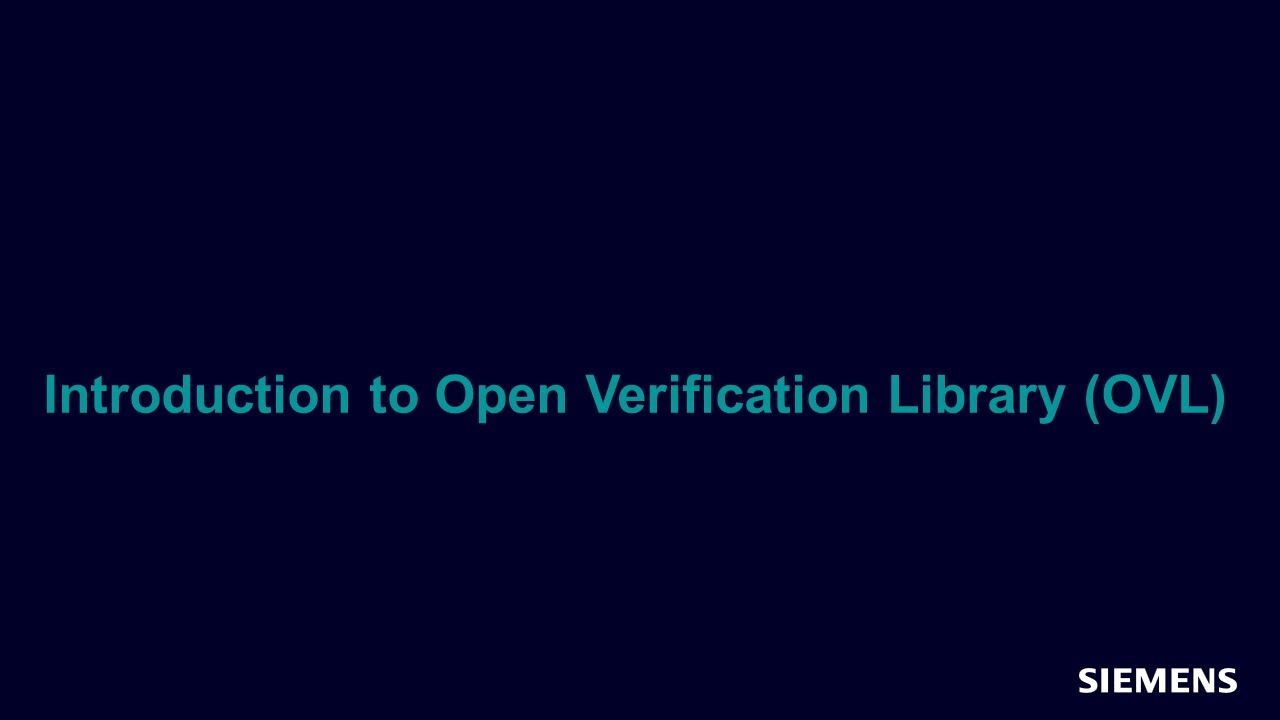
Introduction to Open Verification Library (OVL)
This session is targeted at the novice who has no exposure to assertion libraries, or as an assertion refresher session for the experienced engineer. -

Assertion Patterns
This session will provide a discussion on how to mature your organization's assertion skill through the use of assertion patterns. -

Cookbook Examples
This session will discuss how to mature your organization’s assertion skill through the use of complete cookbook examples. -
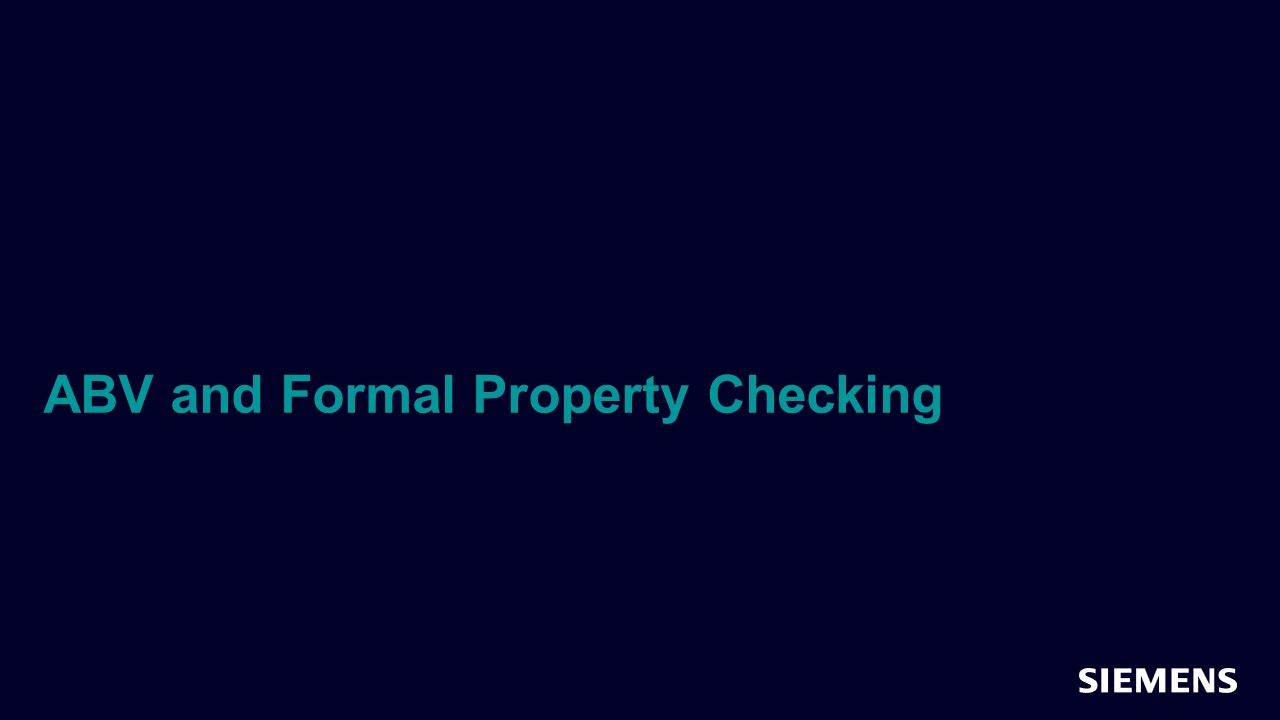
ABV and Formal Property Checking
This session will discuss how to successfully plan and integrate formal verification into your ABV flow. -

Questa Simulation: Assertions
This session will demonstrate how assertions can be used in simulation. -

Questa Formal Verification
This session will demonstrate how assertions can be used in formal verification.
-
-
Overview
The design effort for complex ASICs has been able to scale linearly by increasing design reuse and adopting a well-architected, platform-based design structure. Unfortunately, functional verification has not benefited directly from this approach. One way to address increased design complexity is to supplement traditional functional verification methods with assertion-based verification (ABV).
Today, assertion-based verification (ABV) has been successfully applied at multiple levels of design and verification abstraction—ranging from high-level assertions within transaction-level testbenches down to implementation-level assertions synthesized into emulation and hardware.
With the advent of standardized assertion languages and assertion libraries, the industry has recently witnessed an increased interest in adopting assertion-based techniques. As we help project teams deploy assertion-based verification (ABV), we have observed a number of myths, misunderstandings, and costly mistakes.
This track directly addresses these issues by introducing a set of steps for advancing an organization’s assertion-based-verification (ABV) skills, infrastructure, and metrics for measuring success while identifying process areas requiring improvement. Simulation-based assertion-based verification (ABV) methods are used throughout the methodology we introduce.
In addition, formal-based assertion-based verification (ABV) techniques are also highlighted for selected verification hotspots. We provide guidelines for balancing the use of formal and simulation with project constraints, such as: available resources, the skill level of the team, design and verification complexity, and schedule limitations.
This Verification Academy track is intended to be highly interactive—allowing the attendee to ask detailed questions concerning developing a successful assertion-based verification (ABV) methodology.
-
Assertions Discussion